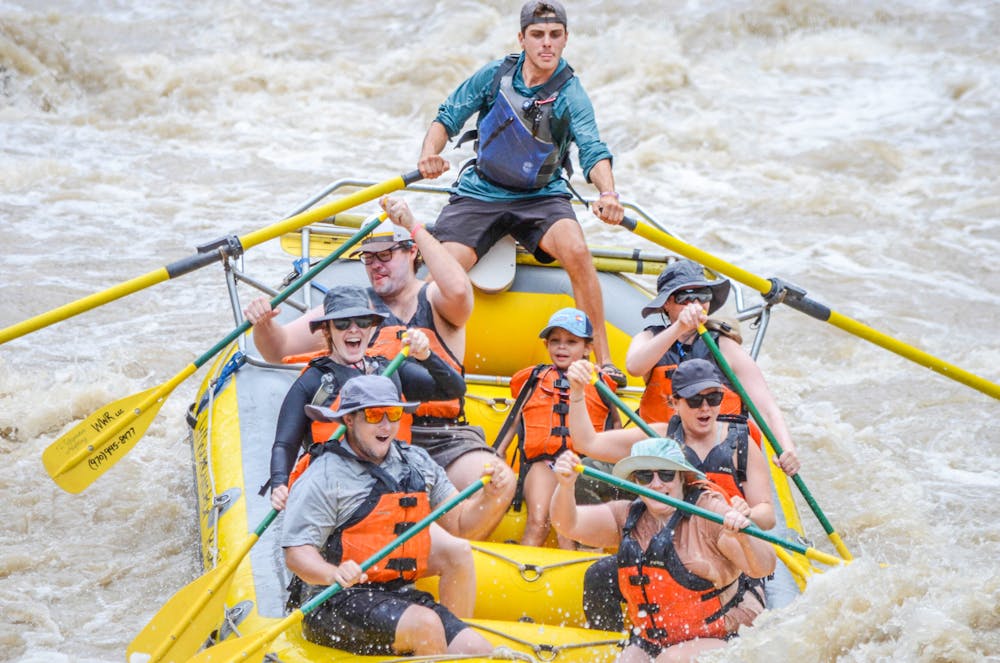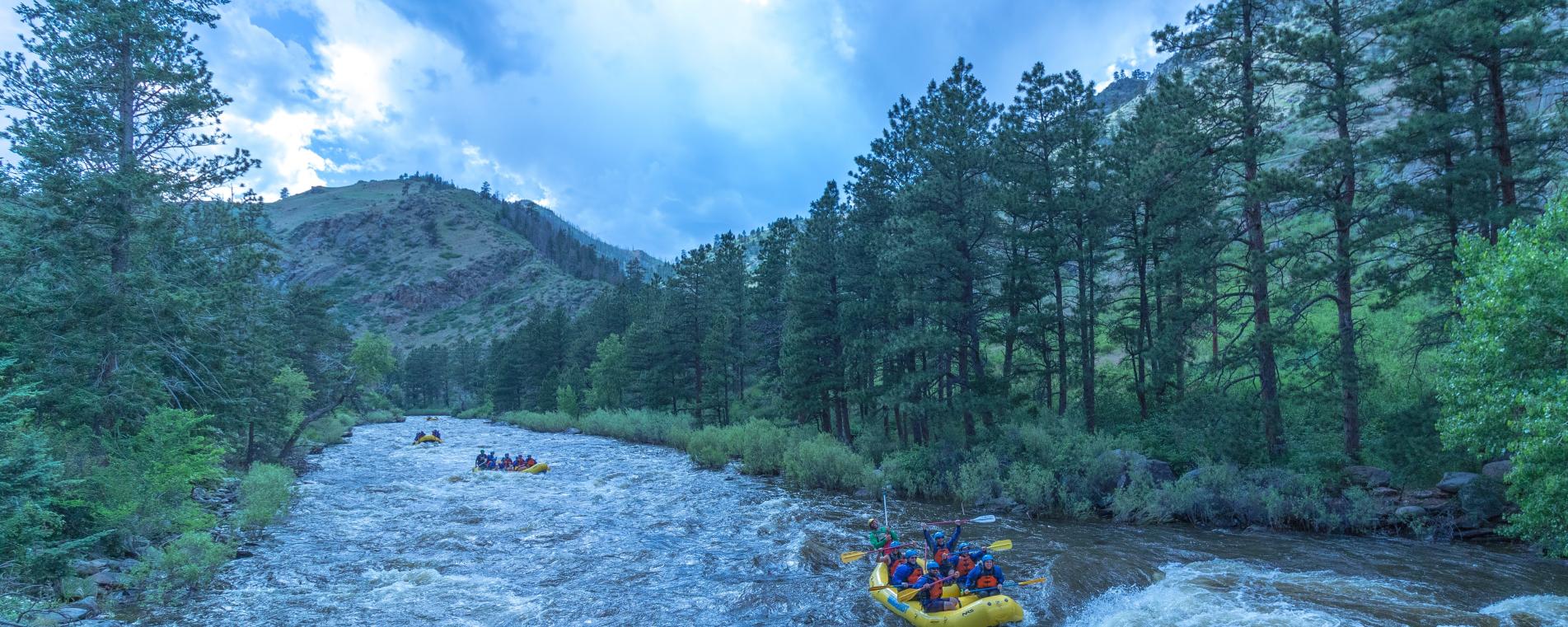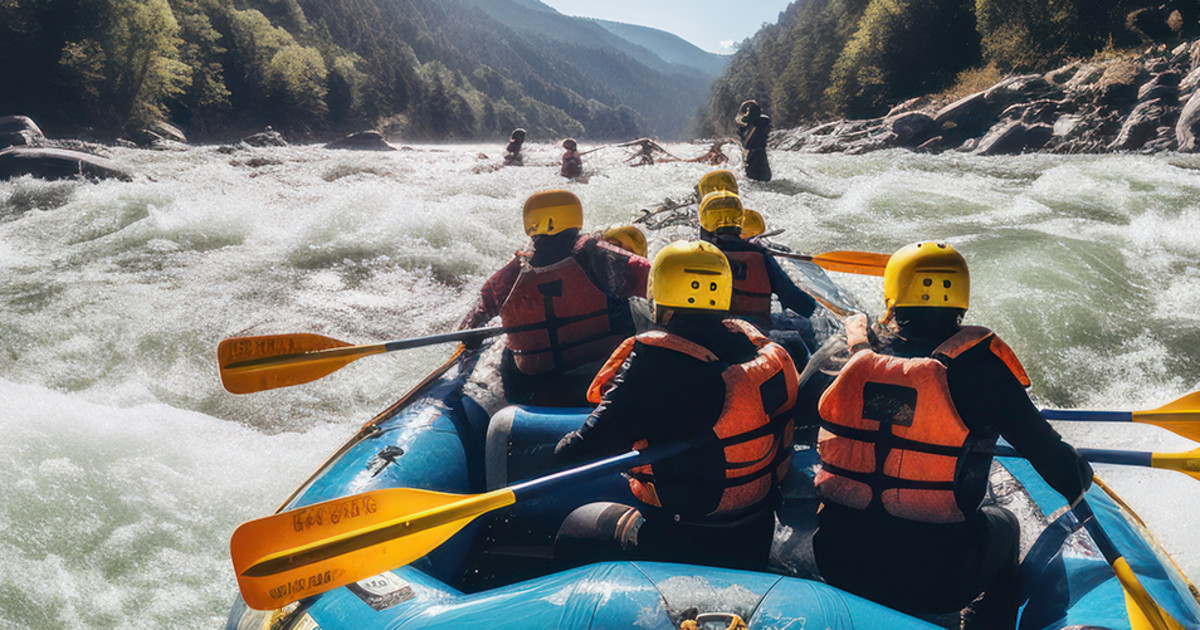The Ultimate Journey: Water Rafting Tips and Techniques
Embarking on a water rafting adventure is an exhilarating experience that requires a mix of skill, prep work, and respect for nature's formidable forces. As the rush of the river pushes you onward, browsing via spins and transforms, the art of water rafting unveils itself as an examination of both physical expertise and mental skill.
Necessary Equipment for Water Rafting
To make certain safety and convenience during water rafting expeditions, it is necessary to equip oneself with the crucial equipment customized to this adventurous task. The first and most vital piece of equipment is a well-fitted personal flotation tool (PFD) or life vest. This is non-negotiable for all rafters, as it provides buoyancy in situation of unintentional immersion in water. In addition, a strong safety helmet is important to safeguard versus head injuries, specifically in rough waters or if shaken off the plethora.
Additionally, proper shoes is important for maintaining good grasp and protecting the feet from slippery surfaces or sharp rocks. Neoprene booties or water footwear are advised for this purpose. It is additionally a good idea to wear quick-drying garments, such as a wetsuit or breakout guard, to manage body temperature level and protect against hypothermia in cold water conditions.
Lastly, a trustworthy paddle is essential for navigating with the water properly. It must be light-weight yet resilient to hold up against the roughness of rafting. By purchasing these vital items of equipment, rafters can enjoy their experience on the water with self-confidence and comfort.
Choosing the Right Rafting Route
When intending a water rafting experience, selecting the appropriate rafting course is crucial for a secure and pleasurable experience. Variables such as the degree of problem, water conditions, and the length of the path need to all be considered prior to getting started on your trip.
Firstly, assess your team's skill degree and experience. Different rafting paths are classified based upon trouble levels ranging from Course I (simple) to Class VI (hazardous and incredibly hard) It is very important to pick a course that lines up with the capacities of all individuals to make sure every person's safety and satisfaction.
In addition, think about the water problems of the route. Some routes might have calm waters suitable for beginners, while others may have strong currents and challenging rapids that call for advanced skills. Investigating the water levels and possible risks of the course beforehand can help you make an informed decision.
Lastly, think about the size of the rafting route. Longer paths may require more time and endurance, so pick a course that fits within your group's duration and physical abilities. By very carefully choosing the ideal rafting path, you can set on your own up for a awesome and remarkable journey on the water.
Safety And Security Preventative Measures on the Water
Thinking about the relevance of selecting the appropriate rafting route for a pleasurable and safe experience, it is important to prioritize security precautions on the water to alleviate prospective dangers and ensure a successful journey. Prior to beginning on a water rafting trip, make sure all participants wear correctly fitting individual flotation tools (PFDs) and helmets to guard against mishaps. By adhering to these security precautions, you can boost the general experience and lessen potential hazards while water rafting.
Grasping Paddling Techniques
Creating effectiveness in paddling methods is essential for browsing through differing water conditions and making sure an effective water rafting experience. White Water Rafting Colorado. Correct paddling not only aids in guiding the raft successfully yet additionally adds to the overall control and team effort required for a pleasurable and risk-free journey
Among the fundamental paddling methods is the forward stroke. This stroke involves dipping the paddle blade completely into the water and pulling it back together with the plethora, supplying propulsion and guiding. The backward stroke, on the various other hand, is critical for slowing down or turning around down the raft. By grasping the forward and backwards strokes, rafters can efficiently control the speed and instructions of the raft.

Tips for Handling Rapids Like a Pro
To excel in navigating difficult river conditions, skilled water rafters apply their understood paddling methods with precision and finesse when taking care of rapids like skilled specialists. This rhythm assists the boating preserve its program and stability amidst the rough waters.

Verdict
To conclude, water rafting requires necessary gear, mindful route selection, safety and security preventative measures, understanding paddling methods, and managing rapids with proficiency (White Water Rafting Colorado). By complying with these techniques and ideas, adventurers can ensure a pleasurable and successful rafting experience on the water. Bear in mind to constantly prioritize safety and security and be gotten ready for the difficulties that included navigating via rapids. With practice and understanding, anyone can become a proficient water rafter.

Taking into consideration the value of choosing the right visit this web-site rafting route for a safe and delightful experience, it is crucial to focus on safety precautions on the water to alleviate prospective risks and make sure an effective journey. Eventually, developing paddling strategies is key to a awesome and effective water rafting adventure.
In final thought, water rafting calls for essential equipment, mindful path selection, security preventative measures, grasping paddling techniques, and managing rapids with experience.